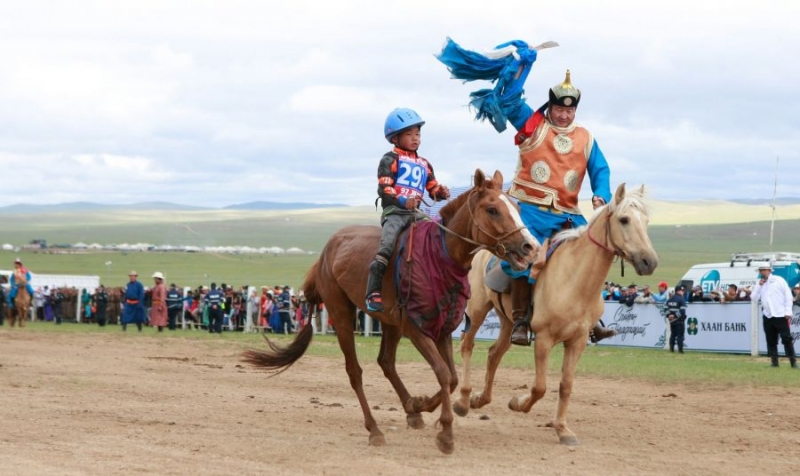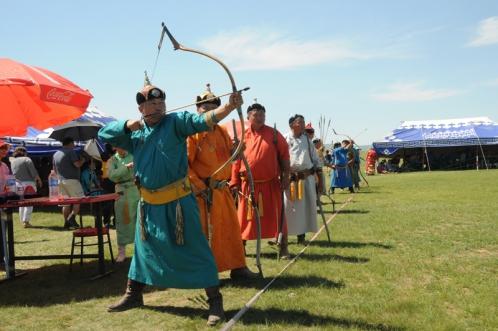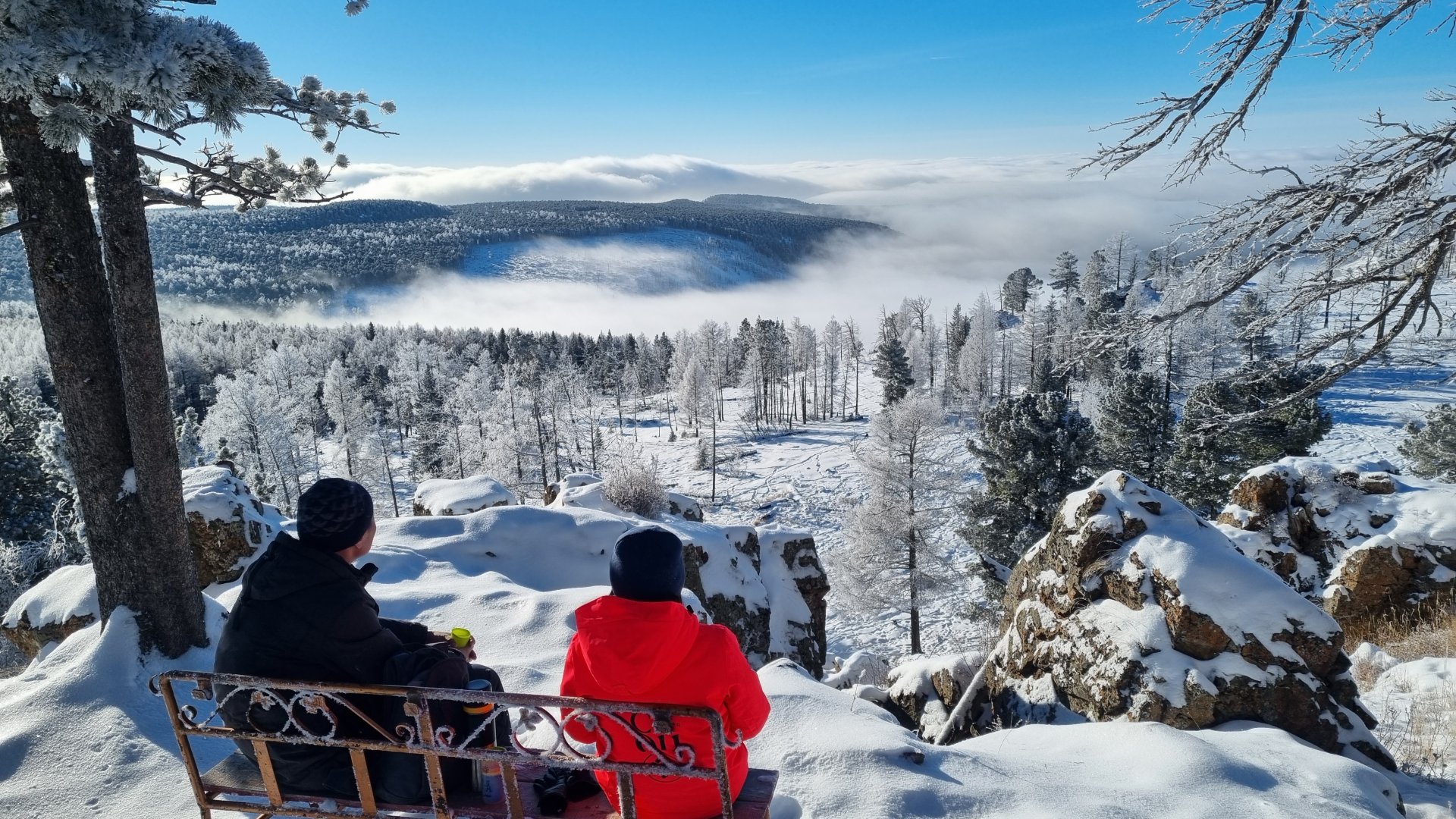
Summer
Summer is the best time to visit mongolia. It is warm, beautiful and all green everywhere. It starts from mid may, keeps its bright color and warmth til september.For the temperature, it can get +40C in warmer areas such as Gobi desert and the average temperature can range between +20 and+30C. During the summer months, Mongolia experiences warm temperatures and relatively dry weather, making it an ideal time to explore the country’s stunning natural sceneryThere are plenty to do here in summer. You can do tours such as hiking, horsetrekking, cycling or by car and camp under the millions of stars in the middle of nowhere.Also, by the summer, the fishing season starts and you will have opportunity to go for fishing in the local rivers. Outside the city, it is very beautiful and you can feel warm wind of steppe and freedom of travelling everywhere you want. Overall, the scenery in Mongolia during the summer months is breathtaking, with a diverse range of landscapes and natural wonders to discover.
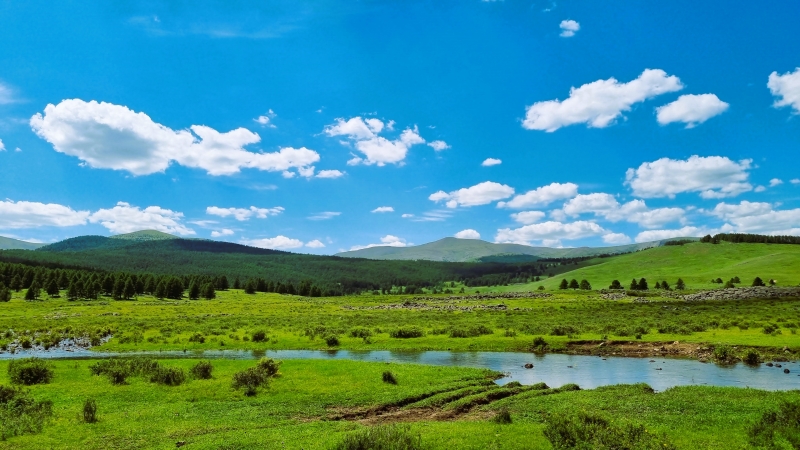
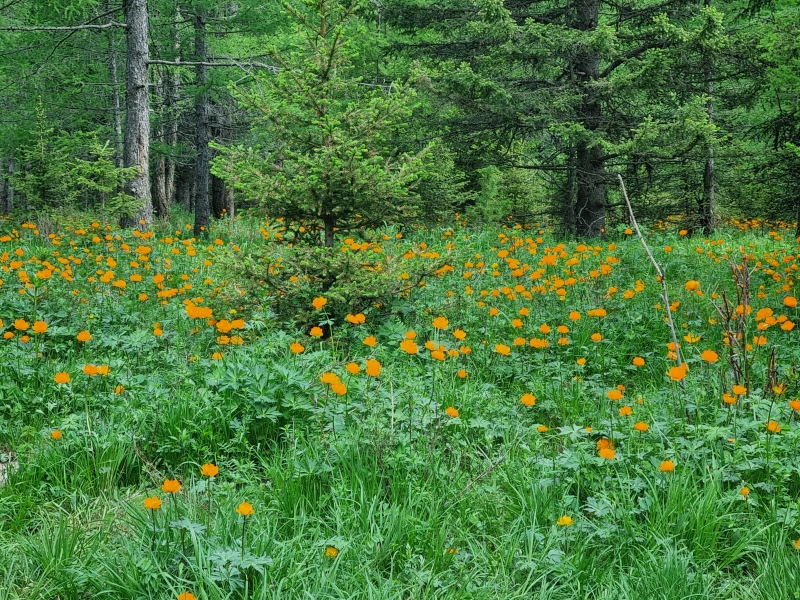
Naadam Festival
Naadam is the most widely watched festival among Mongols and is believed to have existed for centuries in one fashion or another. It has its origin in the activities, such as military parades and sporting competitions such as archery, horse riding and wrestling, that followed the celebration of various occasions, including weddings or spiritual gatherings. It later served as a way to train soldiers for battle and was also connected to Mongols' nomadic lifestyle. Mongolians practice their unwritten holiday rules that include a long song to start the holiday, then a Biyelgee dance. Traditional cuisine, or Khuushuur, is served around the Sports Stadium along with a special drink made of fermented horse milk (airag). The three games of wrestling, horse racing, and archery are recorded in the 13th-century book The Secret History of the Mongols.
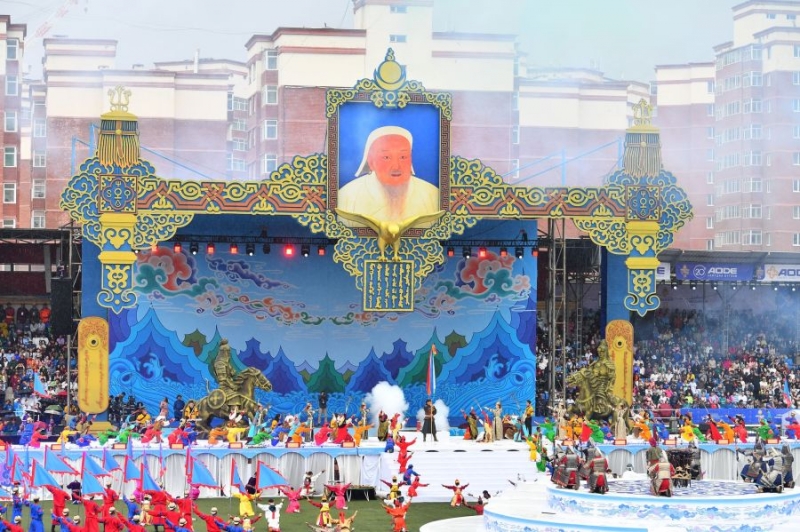
The 3 mainly games of Naadam
Wrestling: A total of 512 or 1024 wrestlers meet in a single-elimination tournament that lasts nine or ten rounds. Mongolian traditional wrestling is an untimed competition in which wrestlers lose if they touch the ground with any part of their body other than their feet or hands. When picking pairs, the wrestler with the greatest fame has the privilege to choose his opponent. Wrestlers wear two-piece costumes consisting of a tight shoulder vest (zodog) and shorts (shuudag). Only men are allowed to participate. Each wrestler has an "encourager" called a zasuul. The zasuul sings a song of praise for the winning wrestler after rounds 3, 5, and 7. Winners of the 7th or 8th stage (depending on whether the competition features 512 or 1024 wrestlers) earn the title of zaan, "elephant". The winner of the 9th or 10th stage is called arslan, "lion". In the final competition, all the "zasuuls" drop in the wake of each wrestler as they take steps toward each other. Two-time arslans are called the titans / giants, or avraga.
Horseracing: Unlike Western horse racing, which consists of short sprints generally not much longer than 2 km, Mongolian horse racing as featured in Naadam is a cross-country event, with races 15–30 km long. The length of each race is determined by age class. For example, two-year-old horses race for 16 km (10 mi) and seven-year-olds for 27 km (17 mi). Up to 1000 horses from any part of Mongolia can be chosen to participate. Race horses are fed a special diet. Children from 5 to 13 are chosen as jockeys and train in the months preceding the races. While jockeys are an important component, the main purpose of the races is to test the skill of the horses. Before the races begin, the audience sings traditional songs and the jockeys sing a song called Gingo. Prizes are awarded to horses and jockeys. The top five horses in each class earn the title of airgiyn tav and the top three are given gold, silver, and bronze medals. The winning jockey is praised with the title of tumny ekh or leader of ten thousand. The horse that finishes last in the Daaga race (two-year-old horses race) is called bayan khodood (meaning "full stomach"). A song is sung to the bayan khodood wishing him luck to be next year's winner.
Archery: In this competition both men and women may participate. It is played by teams of ten. Each archer is given four arrows; the team must hit 33 "surs". Men shoot their arrows from 75 meters away while women shoot theirs from 65 meters away. Traditionally the archers wear their national clothing (Deel) during the competition. All the archers wear leather bracers up to the elbow on their outstretched arm, so that the deel's cuff does not interfere with shooting. Mongolian archery is unique for having dozens of surs as targets. Each sur is a small woven or wooden cylinder. They are placed on top of each other forming a wall three-high, which is approximately 8 inches high by 5 feet wide. Knocking a sur out of the wall with an arrow counts as a hit, though knocking a sur out of the centre will bring a competitor more points. When the archer hits the target, the judge says uuhai which means "hooray". After each hit, an official repairs the damaged wall and makes it ready for the next attempt. The winners of the contest are granted the titles of "national marksman" and "national markswoman".

